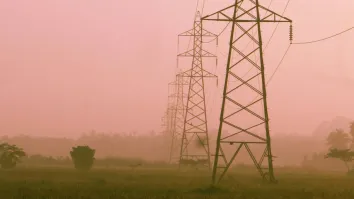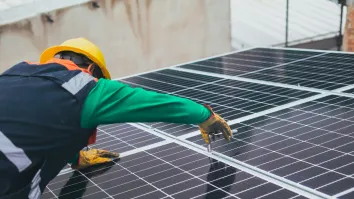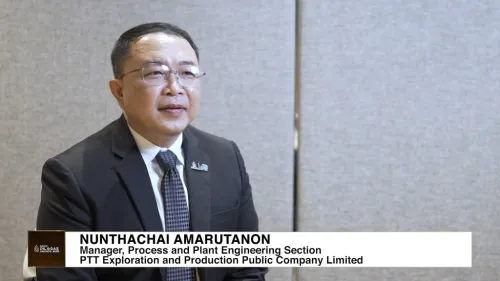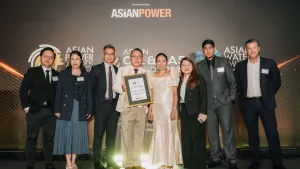
Is energy storage a situational fix for renewables integration?
Storage is useful but not essential, expert said.
If the energy transition outlook by DNV GL proves true, then almost three-fourths of the electricity demand increase by 2050 will be generated by renewables. But with this expected jump in renewables generation comes a dilemma: How will power grids deal with the variability and intermittency of sources such as wind and PV?
Advanced storage technologies should be able to offer substantial solutions, but will not provide the full remedy, said Paul Gardner, segment director - Storage at DNV GL. "Storage is useful for that but it is not essential," he said. "And on its own it is probably not sufficient to deal with the issues of high variability of, particularly wind and PV."
Where storage technologies shine is addressing niche needs based on how long power wants to be stored. Gardner said flywheels are excellent at storing power and delivering a large amount of power in a short amount of time. Flow batteries are more suitable for applications that require power over extended periods, while thermal storage can address even longer timescales.
Thermal storage, in particular, is a very economical solution for situations when the end use is also heat, said Gardner, and will prove attractive to power grids that want to a more convincing reason to build expensive storage facilities. At least until costs come down in the future, which should happen soon, as the electrical vehicle market starts to find more efficient ways to produce energy batteries.
"I was in a battery manufacturing plant and it’s really very impressive how automated the manufacturing is,” said Gardner. “About 90% of the batteries that are being manufactured now for long term energy storage are being manufactured for electric vehicles.”
"So it is actually the electric vehicle market that is driving these manufacturing improvements, and those will drive the cost reductions" in energy storage, he added.
But aside from the cost hurdles, regulatory impediments are also slowing down adoption of storage technologies and, in effect, hamper renewables integration. Gardner pointed out that in some countries, there have been “significant” delays in the ability to implement storage because of a lack of a common definition of what storage actually is.
“That sounds silly but, actually, it’s important because, in some countries, they operate through systems of licensees. So there are generator licensees, and network operator licensees, and there are energy supply licensees," he said.
"In those licensed environments, it is not clear exactly where storage fits. If it can be considered as a generator, then that has different implications than if it is considered as something that a network operator can do. And that is important for storage because the inherent technology provides benefits both to generators and to network operators," he added.
Factoring in the current high costs and regulatory roadblocks that energy storage still has to overcome, Gardner reckoned that the issue of renewables integration will likely be best addressed by other solutions. The limitations of storage in this regard is put fully on display when one considers creating larger-scale energy systems supplied completely by wind and PV in northern latitudes where there is greater seasonality in both renewable resources and energy demand.
“ If you wanted to have a 100% renewable system to supply that, you would end up building capacity that you would only use once in a blue moon - once every ten years in a really unfortunate set of circumstances. Now, you could do it, but it is a bit silly to build something very expensive that you are only going to use one in a decade,” said Gardner.
"There are other solutions and those solutions, typically, are greater electrical interconnection across countries and between countries, and even between continents eventually," he added, citing efforts by manufacturers to make gas turbines more flexible, and developments in the area of demand site management. "All these options are competing with storage for providing the necessary services to run grids with high penetration available in renewables."



















 Advertise
Advertise








